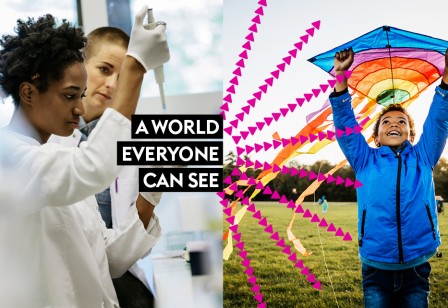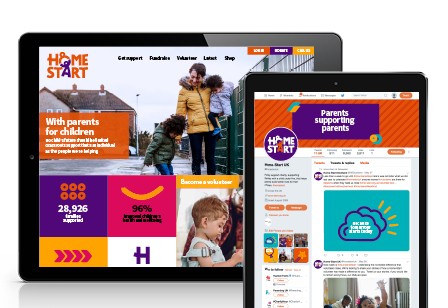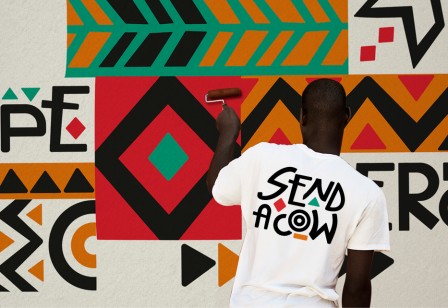Three top trends and the future of the charity brand
As featured in Charity Comms by Lucy McLaren
Earlier this year we set out to test the temperature of the charity sector when it came to brand with our Brand Effectiveness Score Card. What it showed us was that just 40% of the sector’s comms professionals currently feel their brands are doing well and are set to drive their charities forward over the next five years.
With this in mind we’ve drawn on the corporate world for inspiration, to identify (what we believe to be) the three top trends set to shape the future charity landscape, as we look ahead to 2020.
We’ve considered how brands will need to evolve, the threats to overcome and the opportunities to seize.
NEW RULES OF ENGAGEMENT
In response to the explosion of the experience economy, expectations of supporter interactions have evolved, and as a result we believe there are three new rules of engagement to adhere to.
#1 Transparency increases trust, and rebuilding trust is tough. Ideally, supporters now want a two way conversation direct with the beneficiary of a cause.
#2 Multi-sensory experiences drive memorability. Ask yourself, how do you offer tactile proof of impact in your brand activation?
#3 D-ownership of the conversation (as in donor-ownership). If the ambition is to create a movement: it’s the people, the supporters who own that movement, not the brand.
Charities need to facilitate this. You are the facilitator, and it’s the participants who choose how they’ll get involved, and how they’ll create and share stories to spread the word.
Following these new rules of engagement will help rebuild trust (that’s fallen to just 54% across the sector) as well as helping to demonstrate Impact, Interaction and Inclusivity.
DISRUPTION in DONATIONS
The second trend is driven by the “IGWIWWIWWIW” GENERATIONS (“I give what I want, where I want, when I want”).
Millennials will soon have the highest disposable income, yet Barclays Future of Giving report indicates their giving hearts are yet to be sufficiently tapped into.
Gen Z are even more altruistic (putting Millennials to shame), and apparently would rather do something charitable than watch Love Island….
The ‘shopping little and often’ mindset that disrupted the supermarket industry is now disrupting giving. Targeted giving suggestions have even been integrated into millennial targeted apps.
Russian bank Sberbank are now using machine learning to match users to causes and prompt donations. And Uber challenger Kapten are making waves in London, with their distinct focus on inclusion and social justice, offering customers the opportunity to round up taxi fares and donate.
Amongst a smorgasbord of similar causes, with audience targeting controlled by 3rd parties – how does your brand stand out?
By focusing on disruption in donations, there’s an opportunity to crack the age-old fundraising challenge of “I only give to causes that affect me”. With that in mind, what’s your emotional hook for a younger audience?
CONVENER OF CORPORATES
To leapfrog ahead in engaging new audiences there is a future role for charity brands as a convener of corporates, maximising reach and buy-in.
Charities have historically seen corporates as a threat. You should however be turning newfound corporate interest in purpose to your advantage. As many as 9 in 10 FTSE businesses state an interest in building relationships with charities, and are willing to offer commitment and resources beyond cash.
It’s about getting the pitch right.
A great example to inspire, is the tie up between the charity Missing People and Royal Mail. Out on their 4am shifts, 150,000 Royal Mail posties are sent daily alerts to their handheld devices to help track missing people in their local area.
Missing People are a 60 strong organisation – so small charities, needn’t count themselves out of partnering with the big players.
The opportunity here is for smaller charities to punch well above their weight through partnerships, or risk being squeezed out. The challenge is defining how your narrative adds value to a corporate partner and how you could best extract value from your corporate’s reach in return?
To take full advantage of these three trends it’ll be important to ask yourself: is your brand distinctive, is it relevant and does it capture the imagination? Without ticking these three boxes your charity is unlikely to be in a position to seize the opportunities and overcome the threats the 2020’s will no doubt present.






